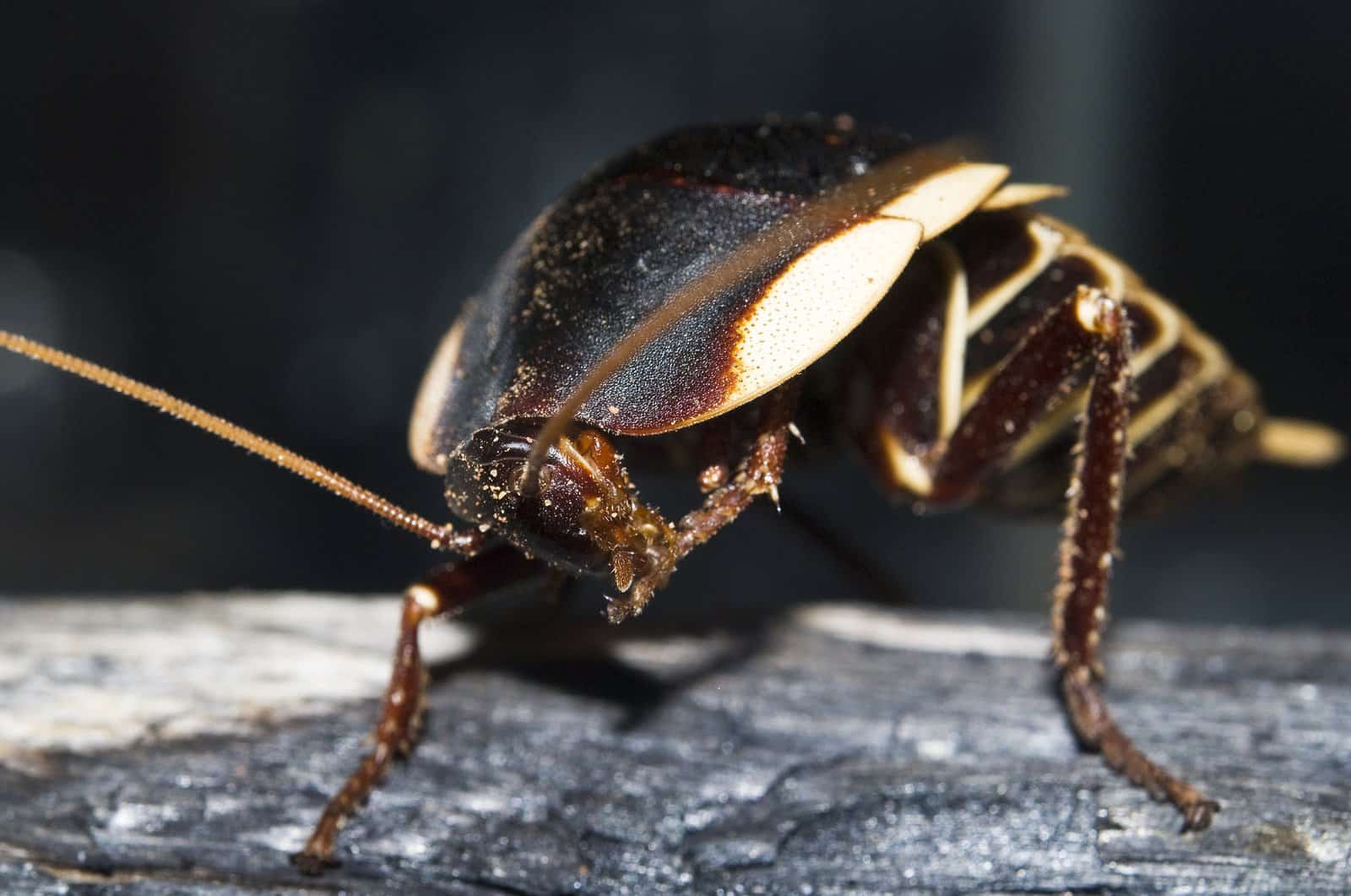Cockroaches are some of the most reviled insects in the home. That’s because they carry diseases everywhere they go, and when they get on your food, you might as well throw it away. The case used to be that you could get rid of your roaches with just a few squirts of insect spray, but that’s no longer the case.

1. Cockroaches Are Ancient
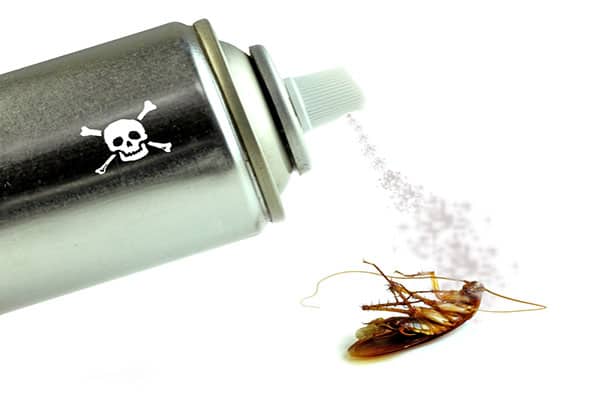
Cockroaches have been around since the age of the dinosaur, surviving their extinction. That makes them pretty hardy, but no one expected that they would become this hardy. However, it’s that ability to adapt over thousands of years that’s helped them to thrive for so long, and it seems like a human intervention with insect sprays is only making it worse.
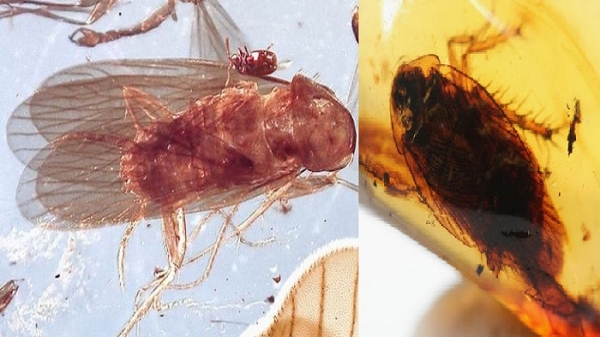
Recent studies by scientists have shown that the German cockroach is slowly becoming immune to insect sprays and pesticides. That can of Raid just isn’t going to do the trick anymore. Please keep reading to see how cockroaches are becoming a superbug since they are no longer reacting to insecticides.
2. It Takes a Lot to Kill Them
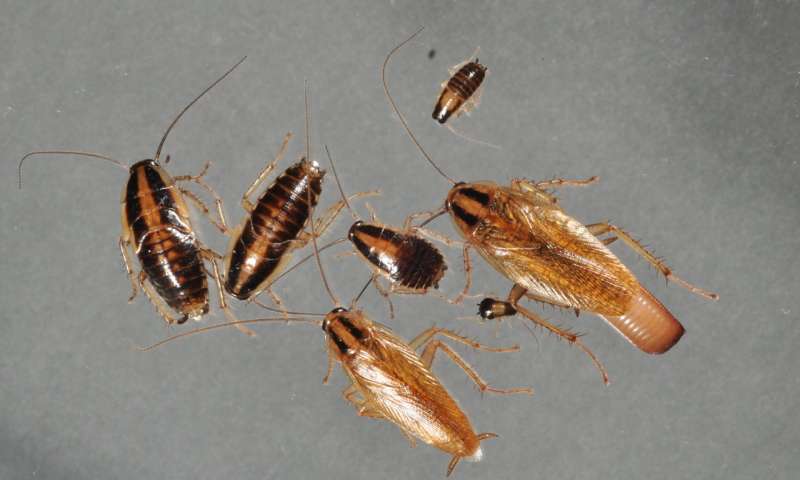
You may think it’s an old wife’s tale that cockroaches can live without their head, but you would be shocked to learn that this is actually true. Cutting off a roach’s head doesn’t guarantee that it’ll die right away.
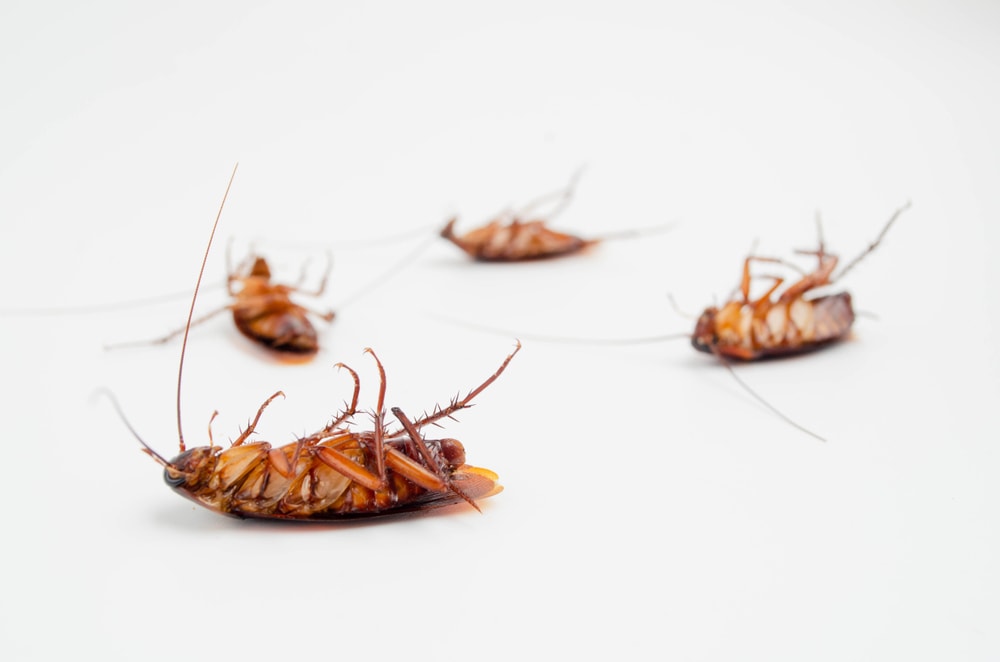
This theory is because it breathes through tiny holes in its body, so they’re not dependent on their mouths for breathing. The only reason they die after a week is that they can’t eat or drink without their head.
3. World Record Breath-Holder
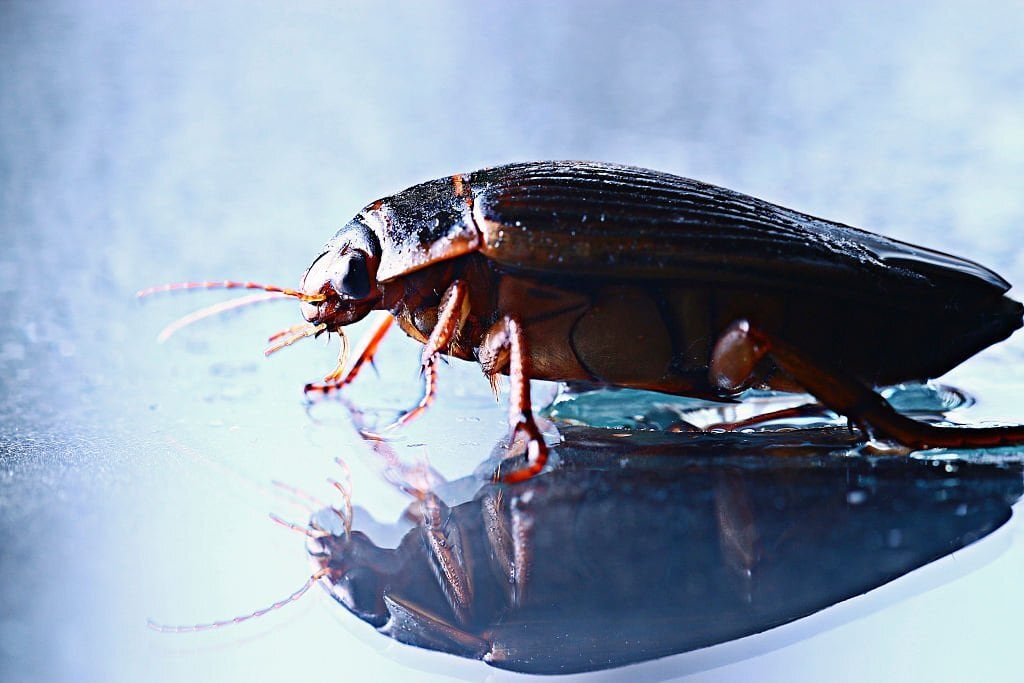
To make matters worse, roaches can hold their breath for up to forty minutes. So don’t think that drowning them to death is going to be easy. They can stay submerged underwater for at least half an hour.
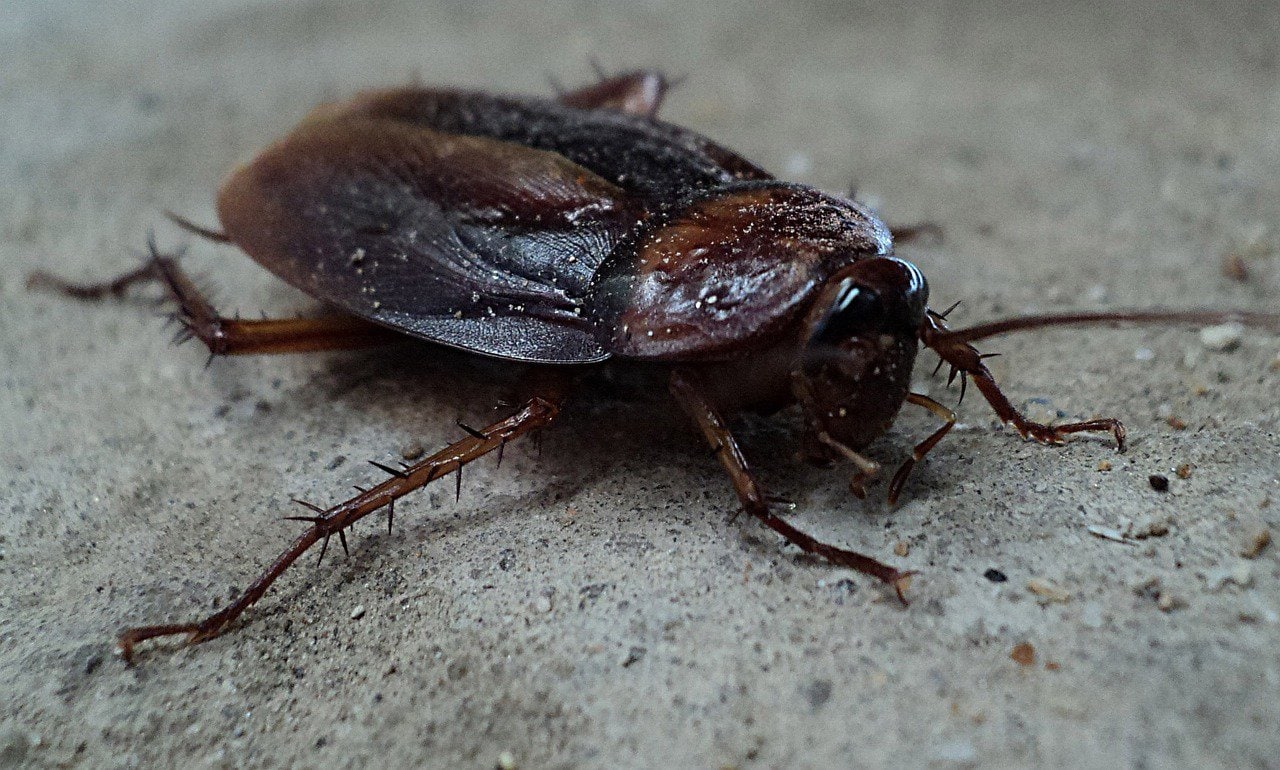
They’ve adapted this way to regulate the loss of water from their body. Since breathing does release some amount of water vapor, reducing their breath helps their bodies to stay hydrated. If only we could learn that trick during summer so that we could stay hydrated.
4. Cockroaches are Speedy Little Guys
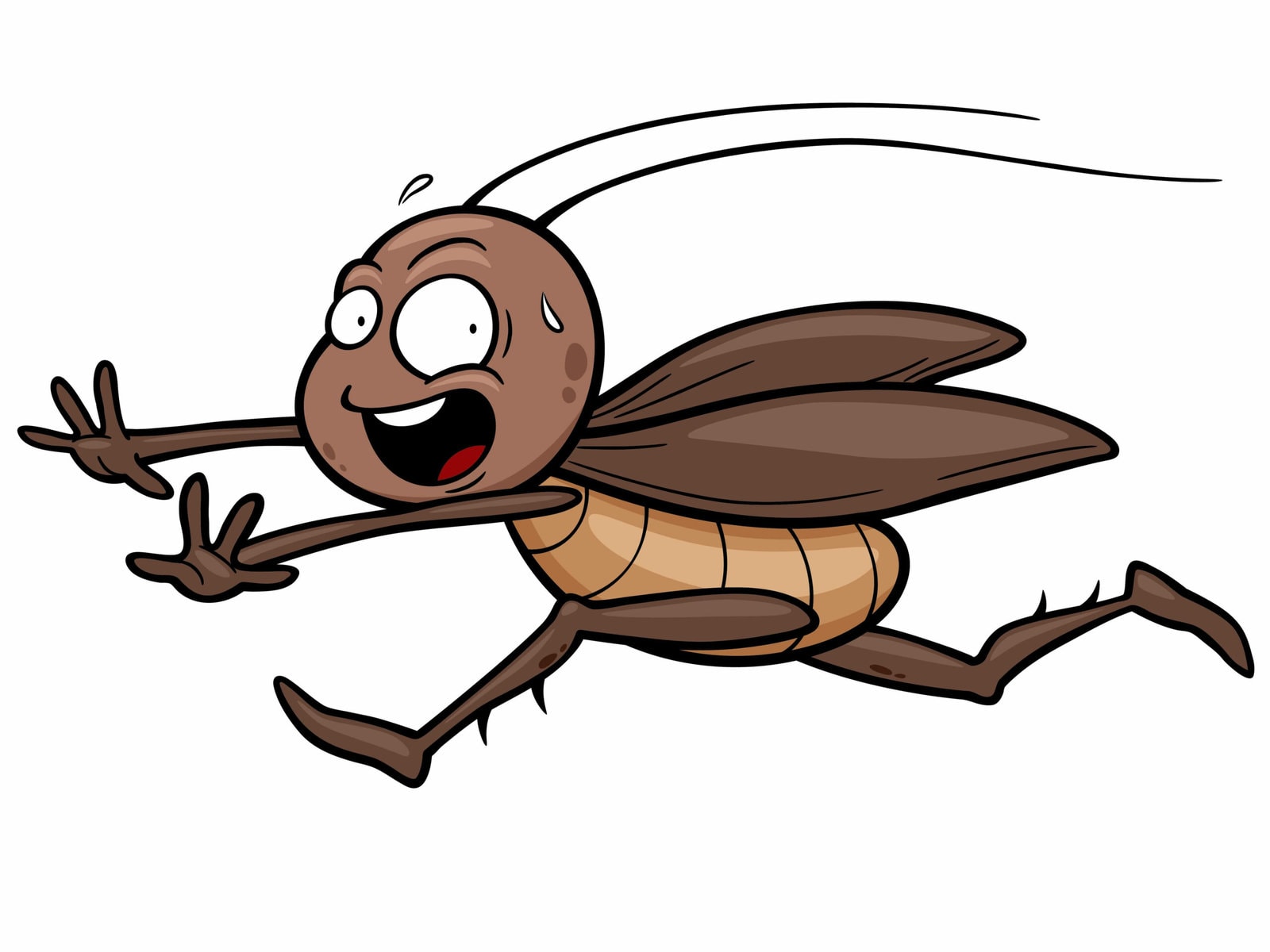
A cockroach’s fastest speed is about three miles per hour. That doesn’t sound like a lot, but when you consider that the square footage of your home may not even add up to a mile, then you can come to terms with how much surface area they can cover in your home.
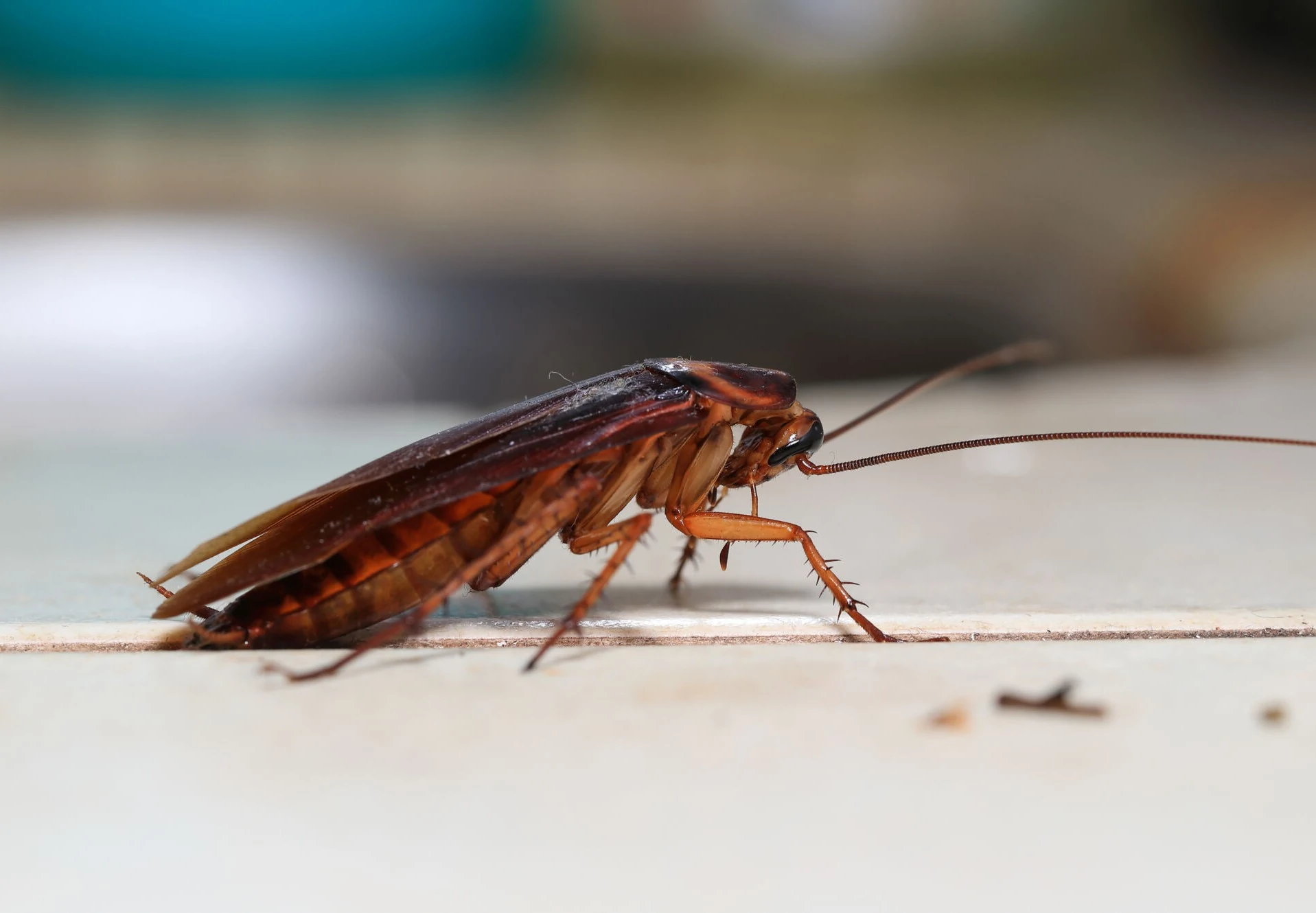
That makes them very good at spreading disease-causing bacteria very quickly. Moreover, if you see one, there are likely a dozen others you can’t see, so that’s a lot of your walls, floors, and countertops being crawled on by cockroaches.
5. Don’t Expect a Cockroach-Man
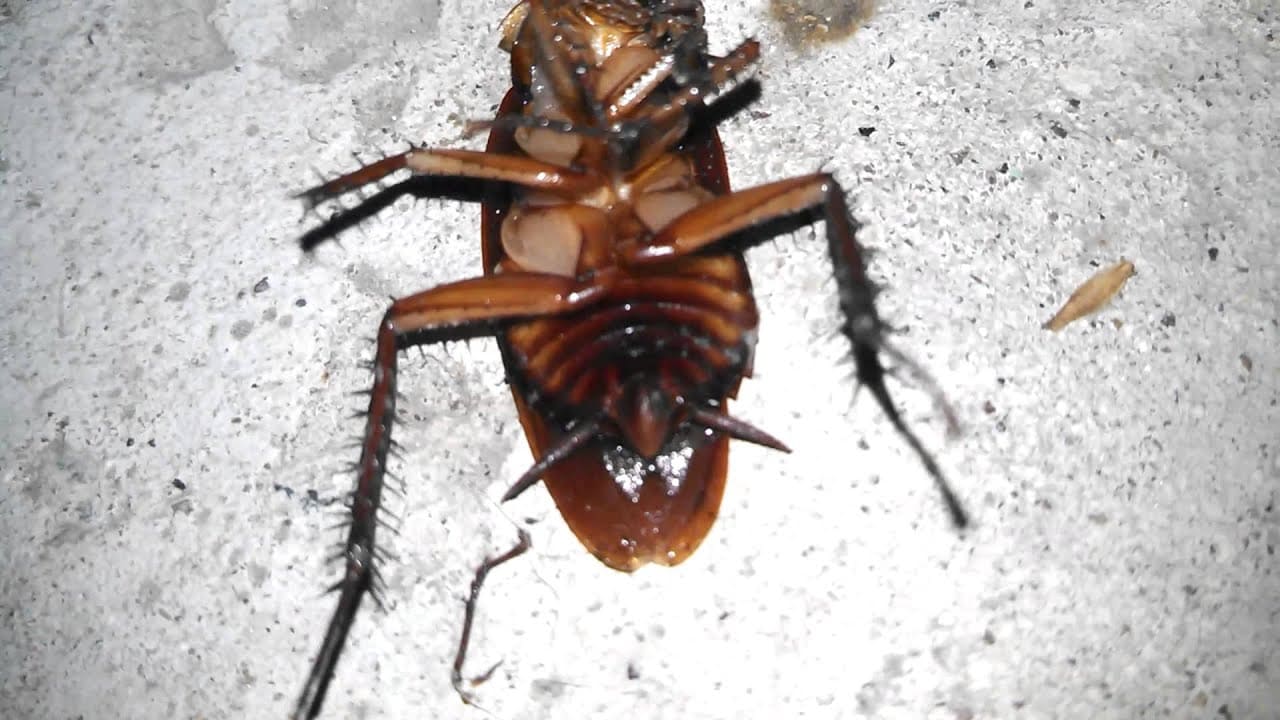
The scariest thing about a cockroach is not the fact that it can survive without its head or that it can go a month without eating or even the fact that they’ve been around since before the dinosaurs.
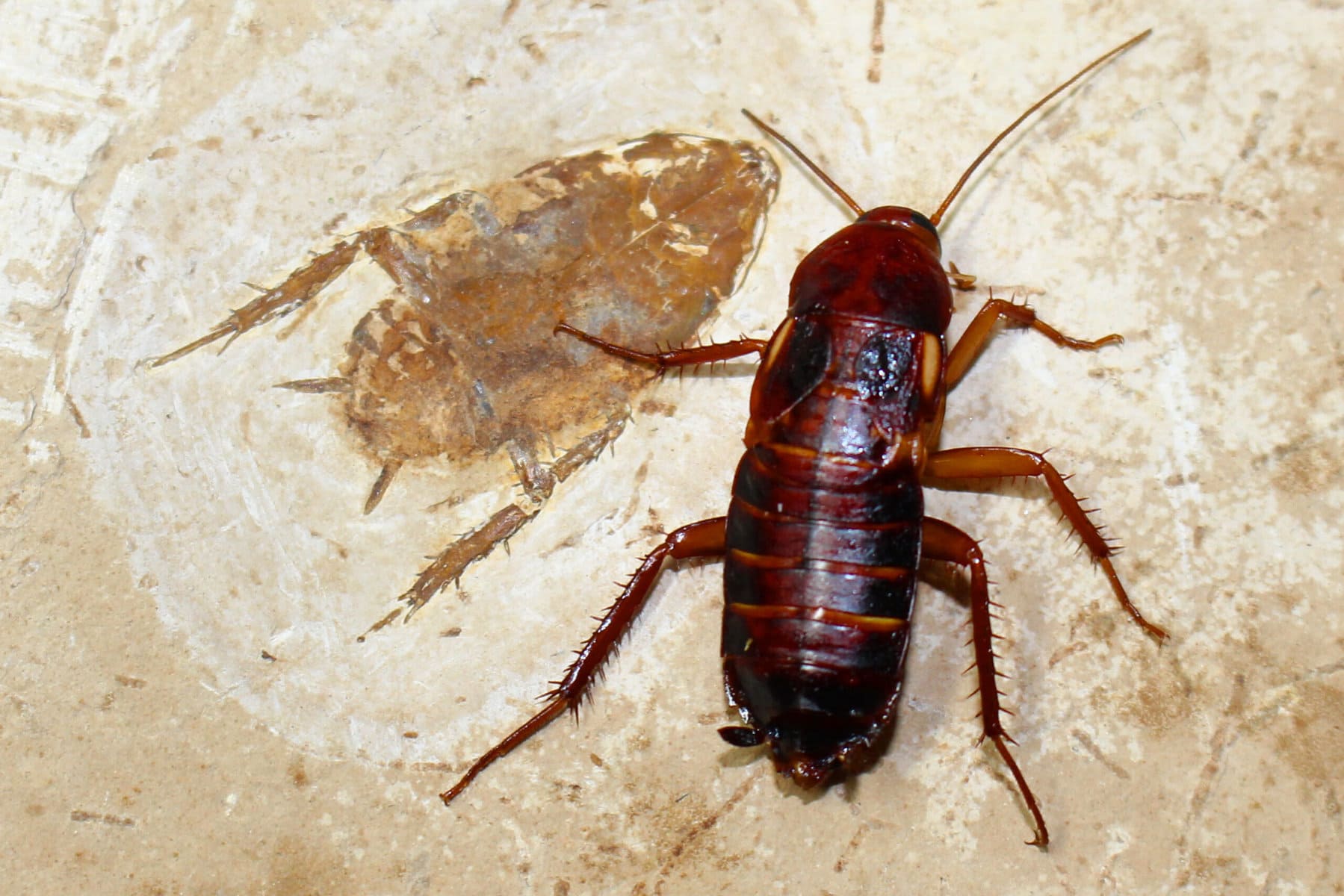
It’s the fact that a cockroach can withstand ten times as much radiation as a normal human being and be perfectly fine. This concept isn’t a sign that you should take a nuclear warhead to your home to get rid of them, but it’s a scary thought that they can survive such lethal doses of radiation.
6. Roaches Never Go Hungry

Although roaches can survive for a very long time without food because they’re cold-blooded, they will resort to desperate measures when they are hungry.
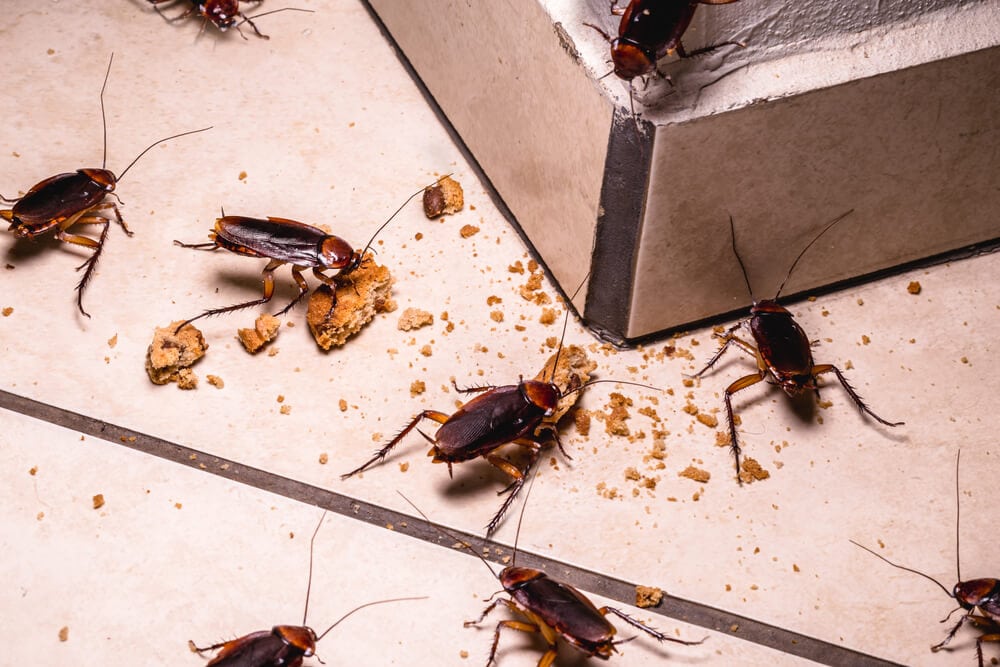
Documentation has actually shown that roaches will eat toenails, eyebrows, eyelashes, and even the hair of sleeping children. They’ll eat the fur on your pets too since it’s high in protein. There really isn’t anything they won’t resort to eating, but their favorites seem to be starch and sugary treats.
7. Getting Rid of the Larvae
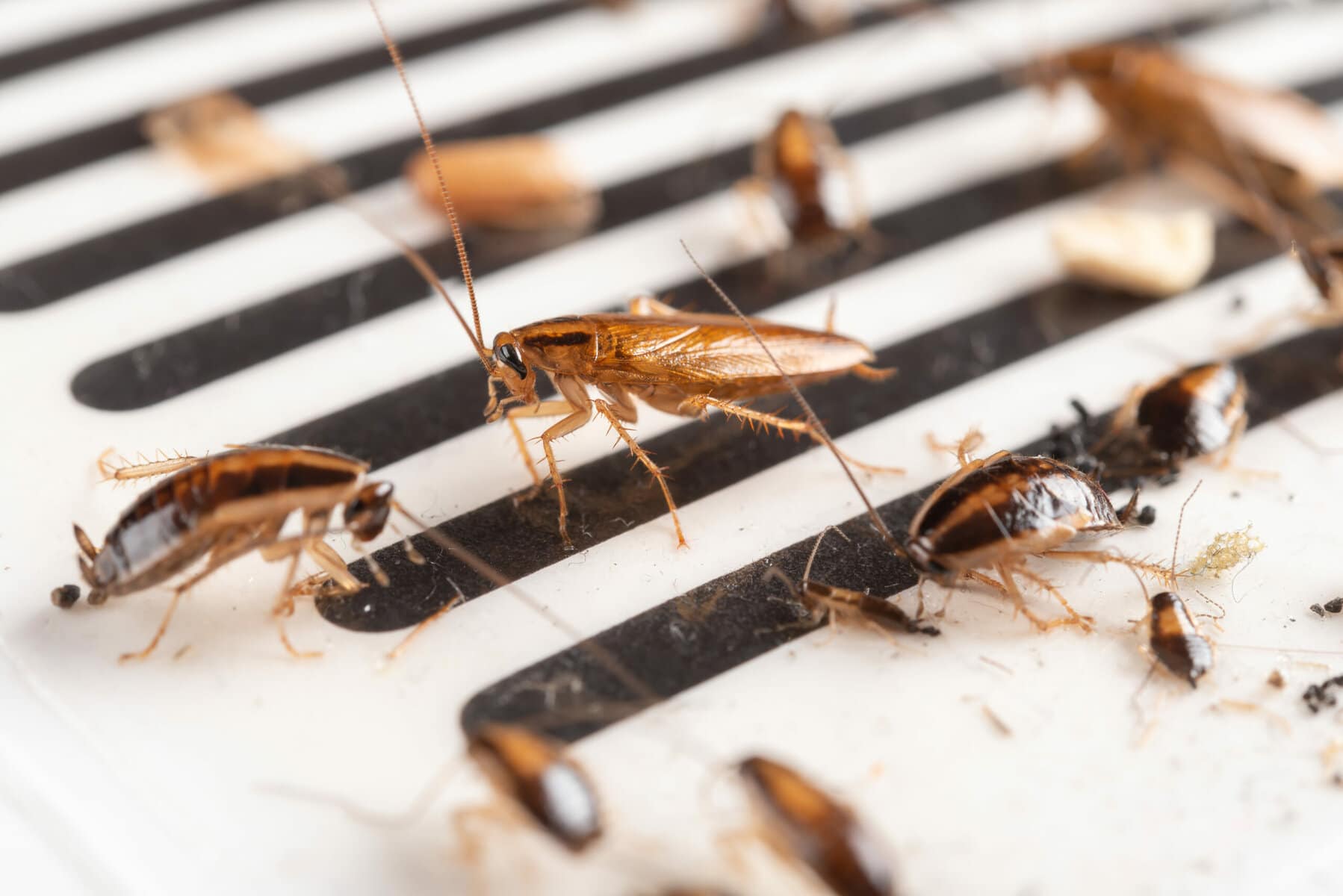
So if the larvae are becoming resistant, it should be no problem to kill off the babies as soon as they hatch, right? The problem with that is that a one-day-old cockroach is no bigger than a speck of dust, so you’re not going to be able to find them very easily.
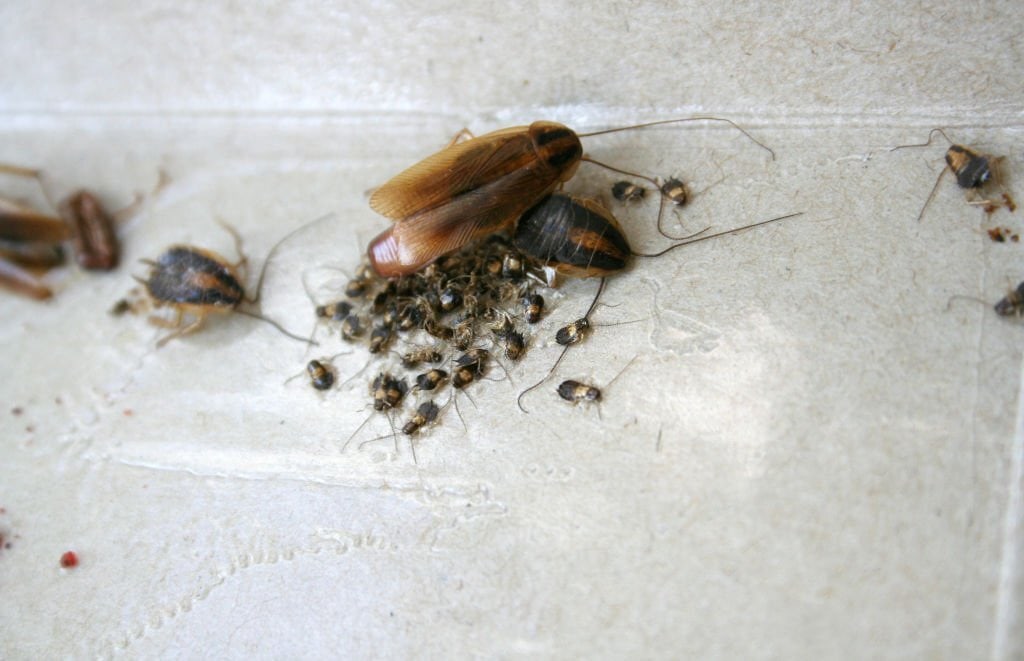
Also, even at that size, they can go just as fast as an adult, so unless you’re very good at finding very fast dust, you can forget about trying.
8. One-Month Adult
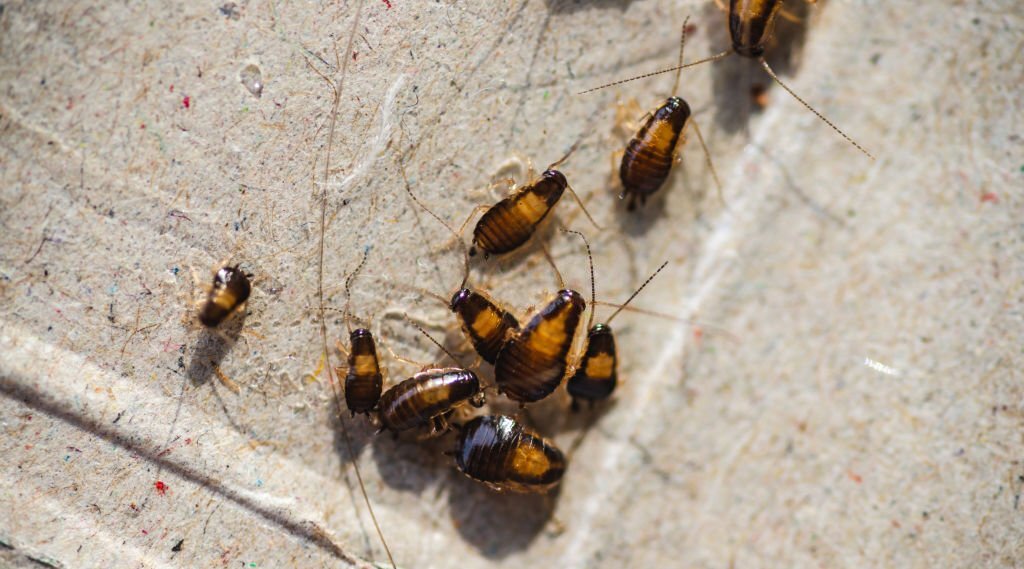
Even if you could find all the baby roaches in your home, by the time you see them, they’re likely not babies anymore. A cockroach can reach maturity in just 36 days, meaning you don’t have much time to stop them from becoming fertile and laying eggs of their own.
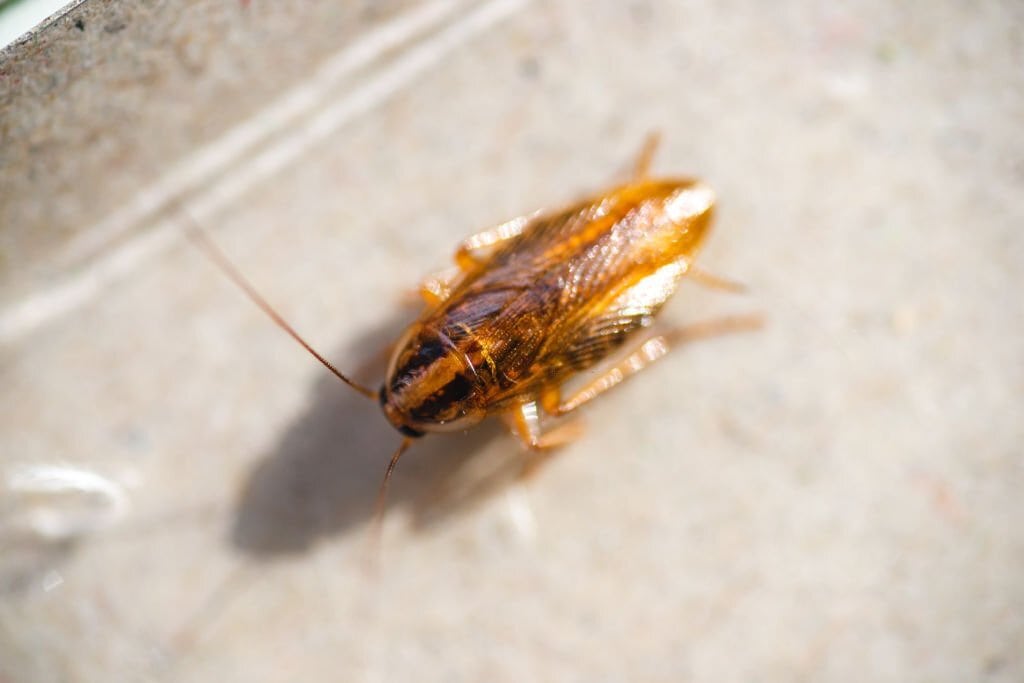
That’s why most people aren’t able to get rid of a roach infestation on their own, because, by the time they’ve seen one, there are likely dozens in places they haven’t seen. That makes taking care of them very difficult and is why expert help is sometimes needed.
9. Survival of the Fittest
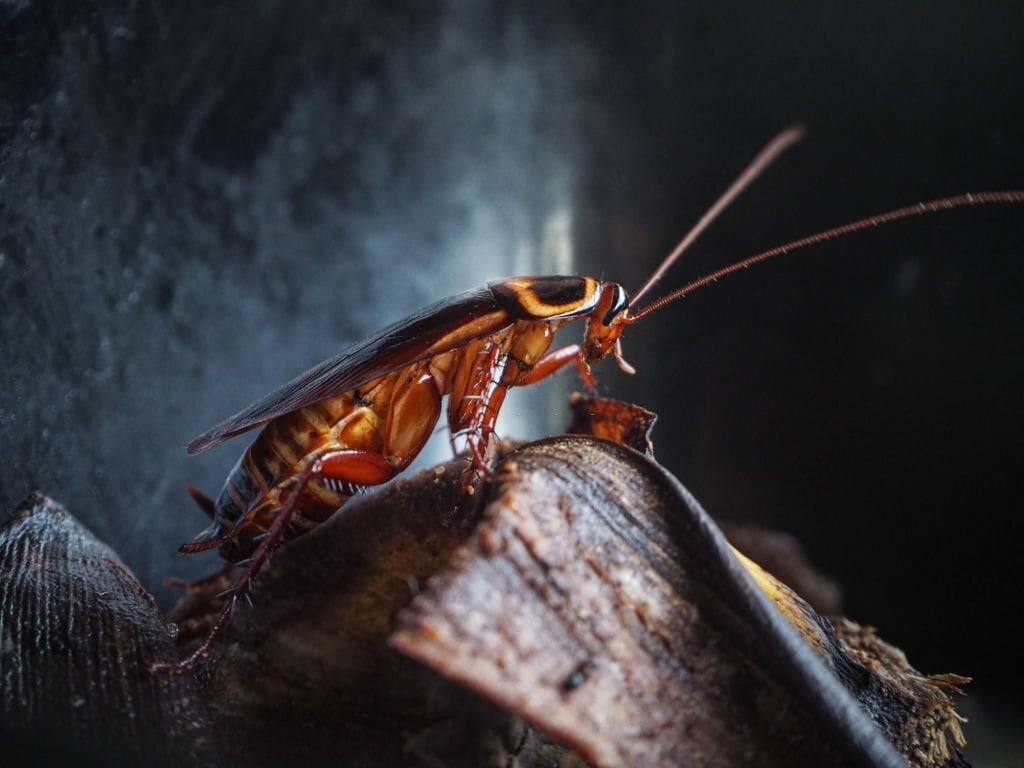
Cockroaches are cold-blooded by nature, which means that they don’t have to constantly eat in order to maintain body heat. They have other methods for doing so. However, this feature means that they can go without food and water for a very long time.
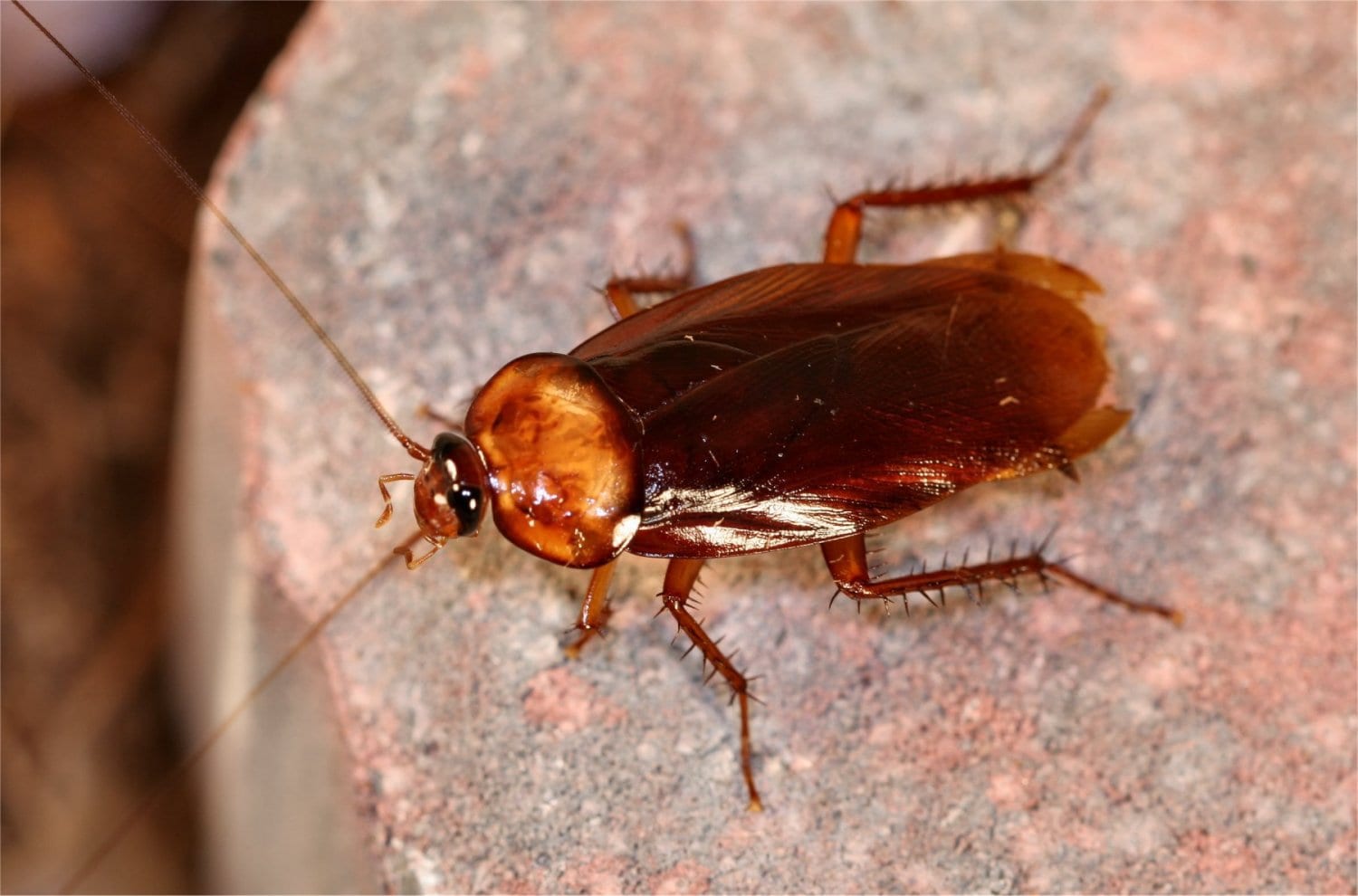
Without food, a cockroach can live for about a month; without water, they can only live for a week. You could try to starve out a roach, but given their voracious appetites for just about everything, you’ll have a hard time doing that.
10. Cockroaches Will Eat Each Other
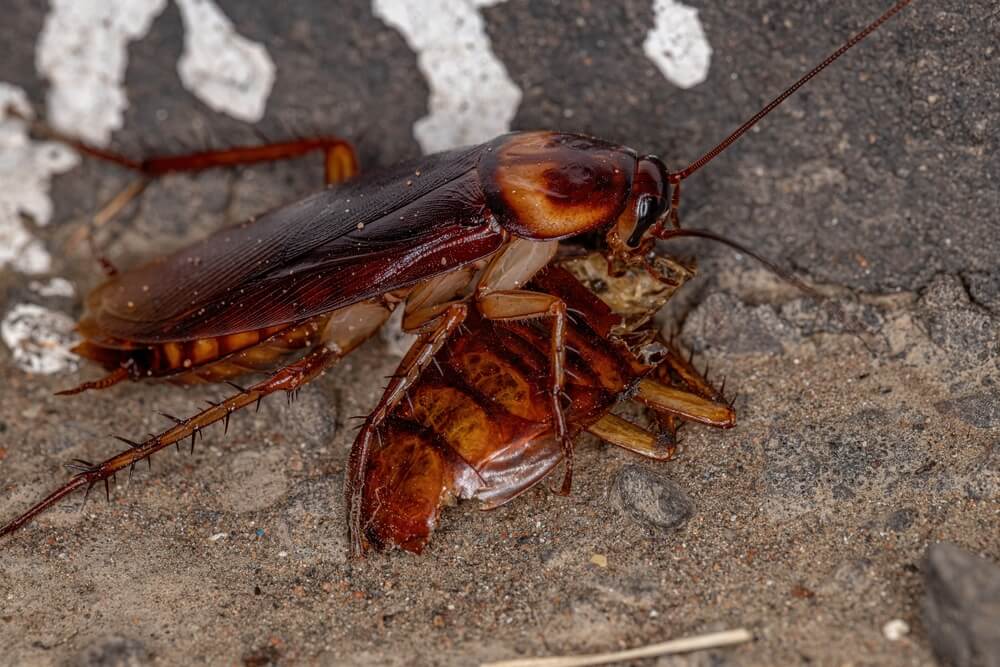
They are opportunistic feeders, which means that they’ll eat anything they can get their mandibles on. And that can include each other.
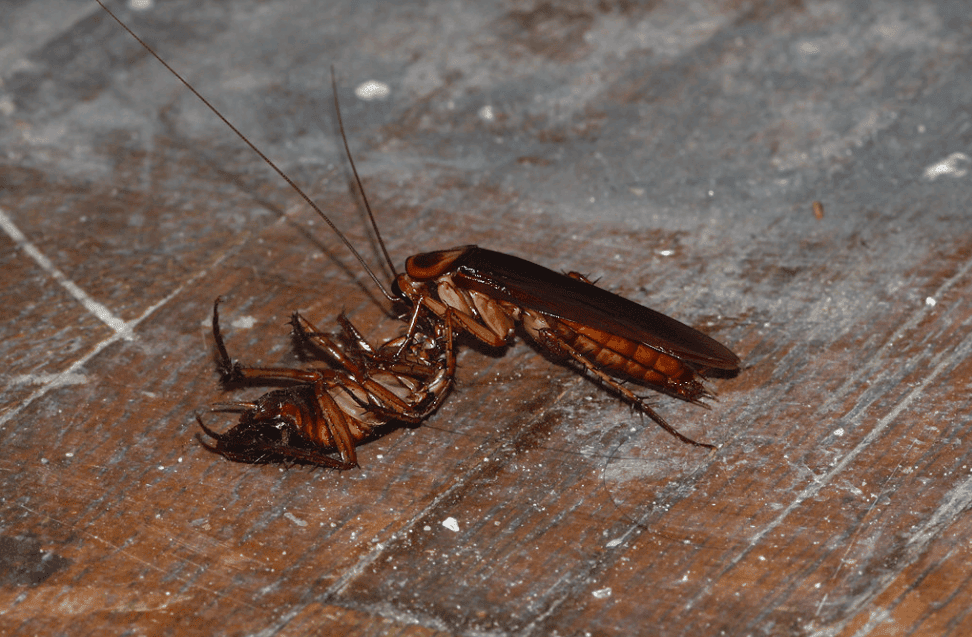
When roach populations get too big to the point that there’s not enough food to sustain them all, they will resort to culling their numbers. This action will create a food source as well as reduce their population so that food is more readily available to the survivors.
11. Keeping Them Out Is Tough
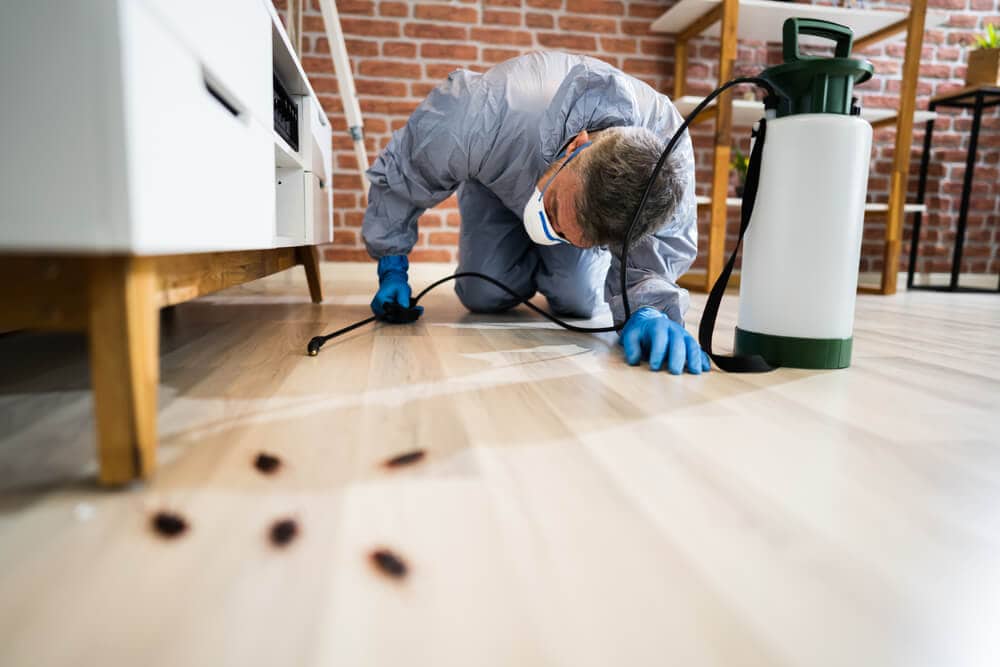
Even if your home is clean, cockroaches will still consider your house a fantastic opportunity to find food and water. Because it’s easy for them to wriggle through the smallest gaps, it can be really tough to keep them out unless you’re very vigilant about checking the exterior of your home.
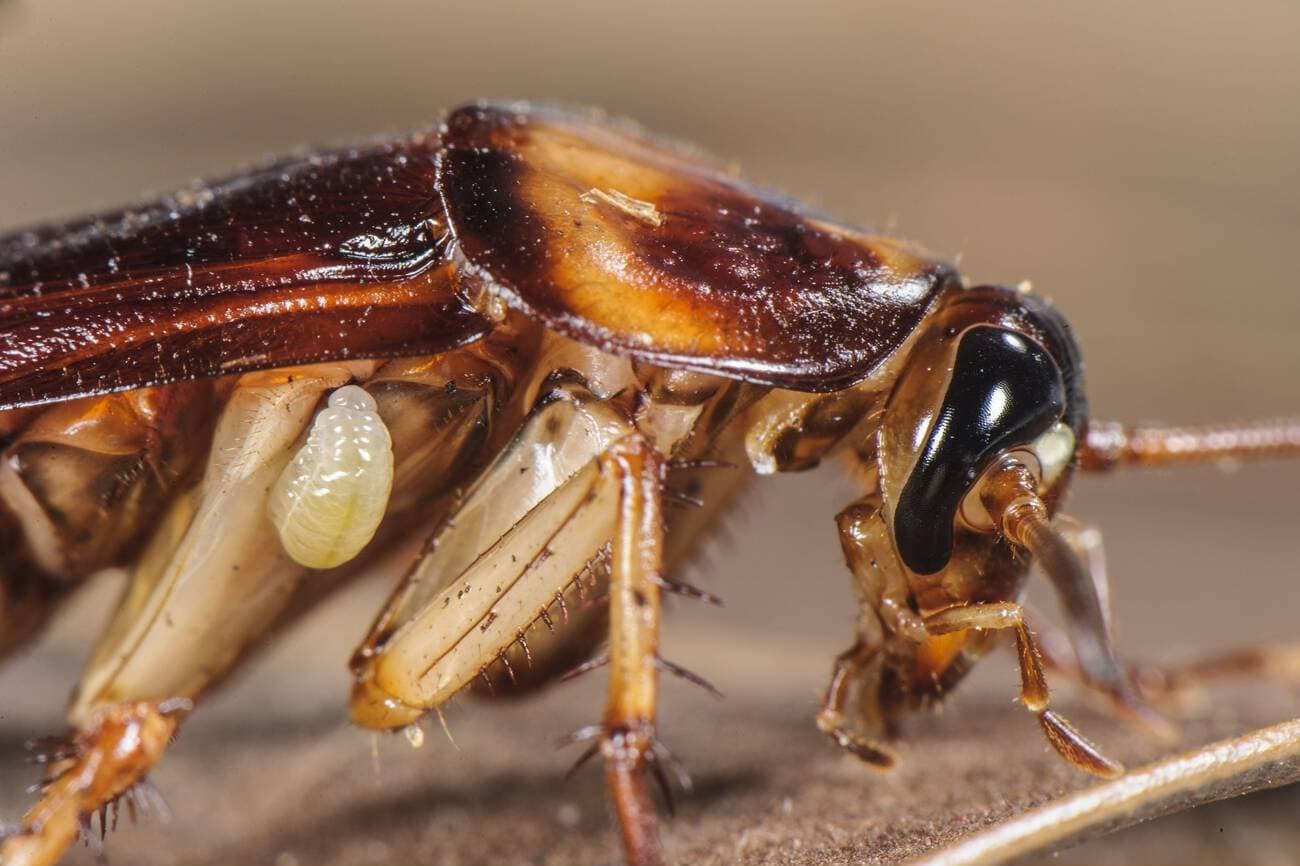
They can flatten their exoskeletons and splay their legs to the side so that they can fit through almost any crack. That means unless you caulk every single break you find outside, you’re bound to get some roaches eventually.
12. Larvae Are Getting Stronger

Moreover, because the adults are becoming immune, they’re passing this on to their larvae. This notion makes them even more resilient when they become adults, and further exposure to insecticides will only cause them to be more robust in the process.

What makes it worse is that a female cockroach can produce dozens of offspring every few months, so however many roaches that are killed with insecticides are easily replaced before half the year is over. Larvae also mature pretty quickly, so they can double or even triple their population in a few months with new ones.
13. Should You Stick to One Insecticide or Use Many?
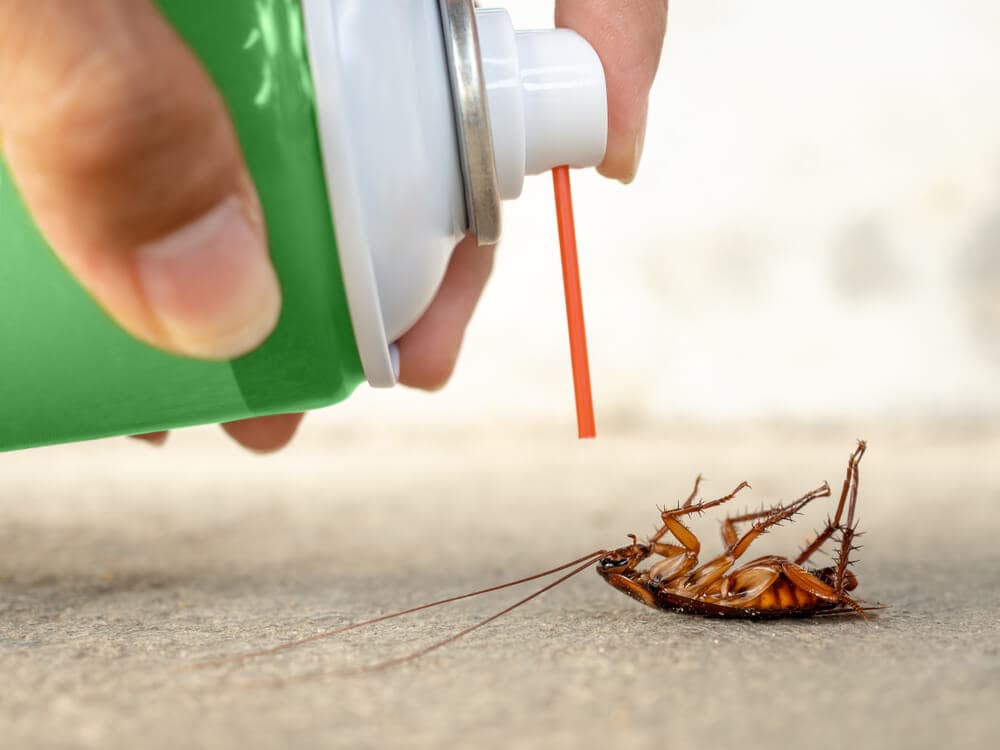
The purpose of the study was to show and compare what insecticides do to roaches when they’re exposed to one or several. The study involved three different groups of cockroaches. One was sprayed with a single insecticide; another was given two from different classes; a third was exposed to a rotation of three different insecticides. This experiment was done once per month for two- to three-month cycles.
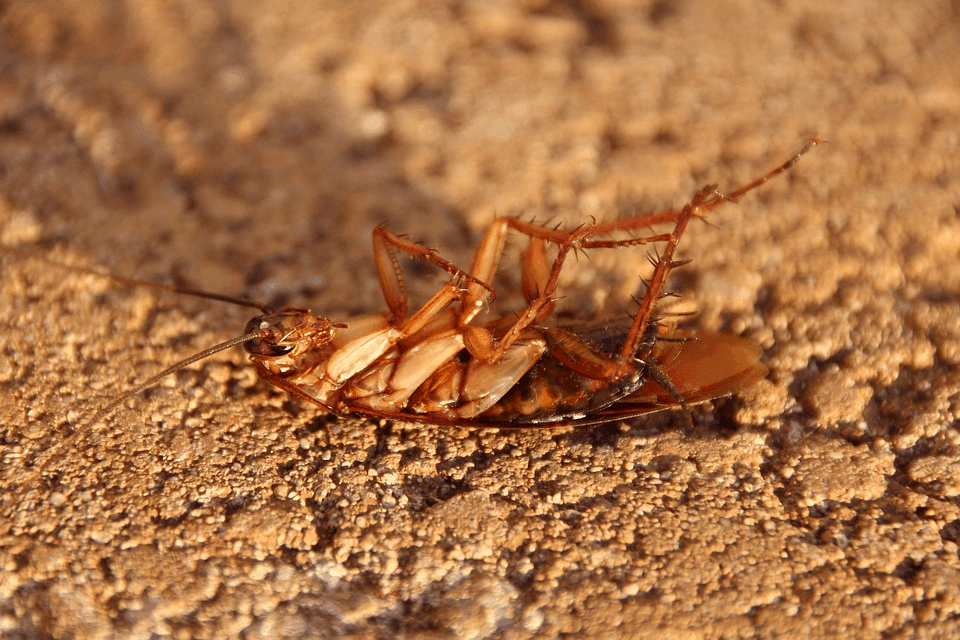
You would think that exposing the roaches to three different insecticides would make it much more difficult for their numbers to thrive. However, that turned out to not be the case.
14. Surprisingly Thriving Despite the Odds
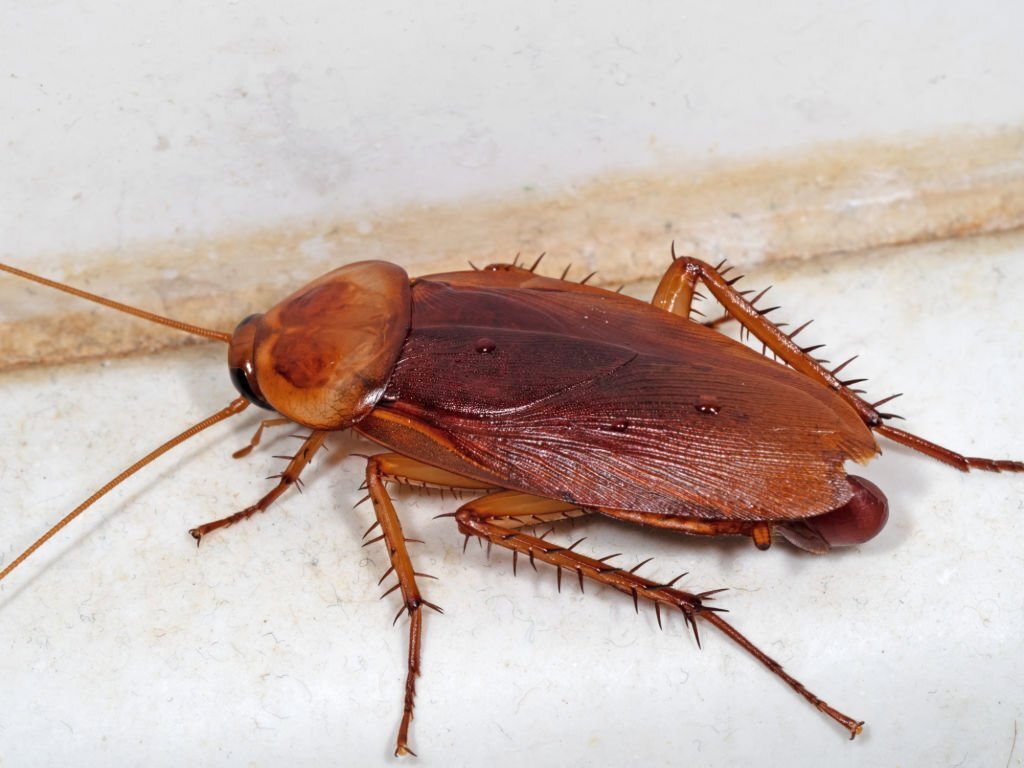
The scientists also examined the roaches through their generations and how resistant they were to pesticides. They were shocked by what they discovered.
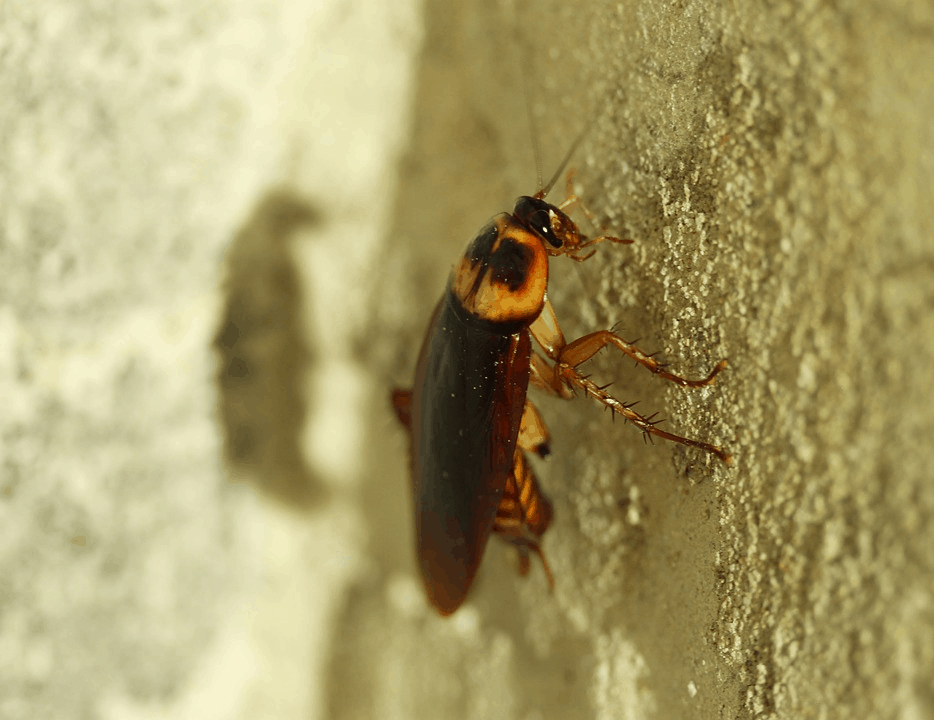
In the majority of cases, the number of roaches either remained stable or increased. Rotation of the pesticides didn’t decrease their numbers at all either. They became cross-resistance to all the different kinds, and they passed this down to their offspring. However, the offspring were not only resistant to the ones the adults were exposed to, but also showed signs of being resistant to other classes of insecticides as well.
15. Mild Success With Research
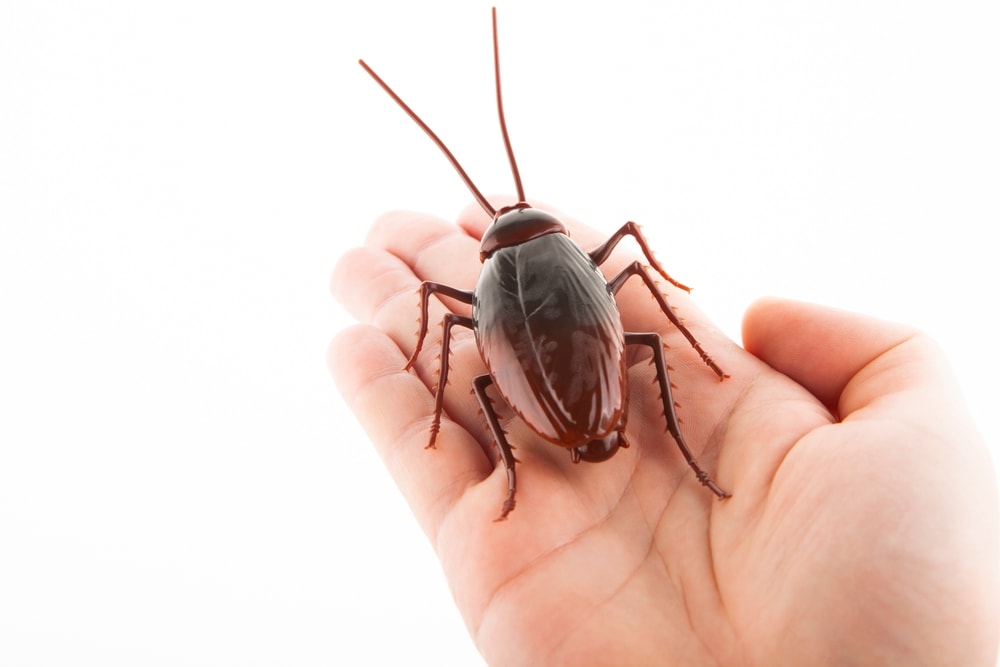
The only control group that showed any promise was the one where roaches were exposed to a single insecticide. It proved to be highly successful, and further generations showed almost no resistance to the toxin.
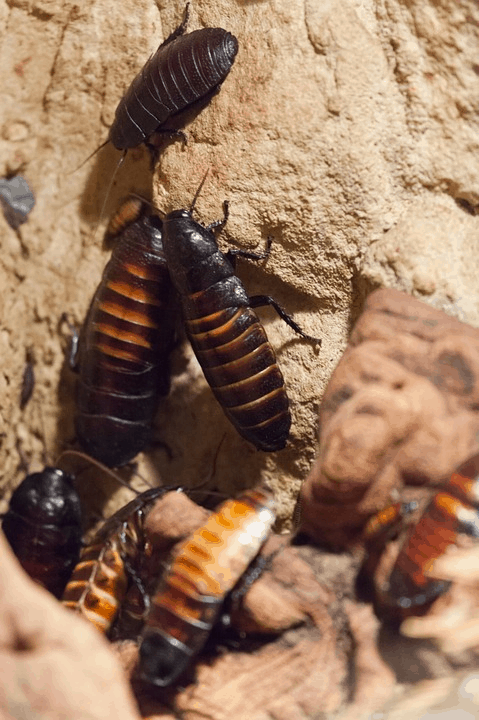
In comparison, scientists examined another group of roaches that had slightly more resistance, but not by much. In this group, the population of cockroaches actually increased, revealing that it’s a matter of luck whether the spray you’re using is going to work on your infestation problem.
16. Can’t Get Away from these Buggers
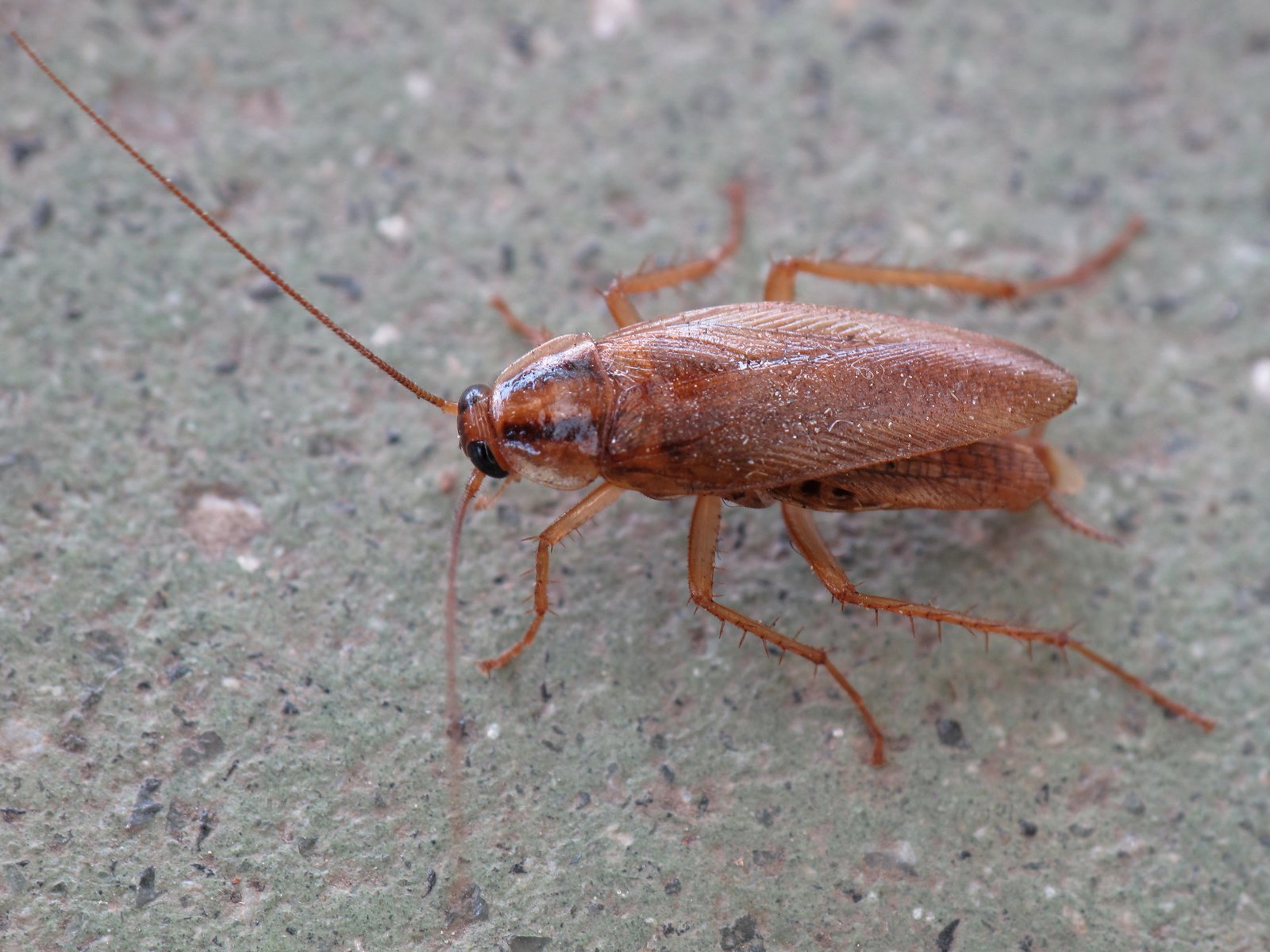
Getting away from these bugs wouldn’t be such a problem if cockroaches didn’t congregate everywhere in the world where humans live. Apartments, homes, office buildings, oh my! So, there’s no escaping them. It’s the German cockroach that gives the species a bad name too since their populations are so high in number.
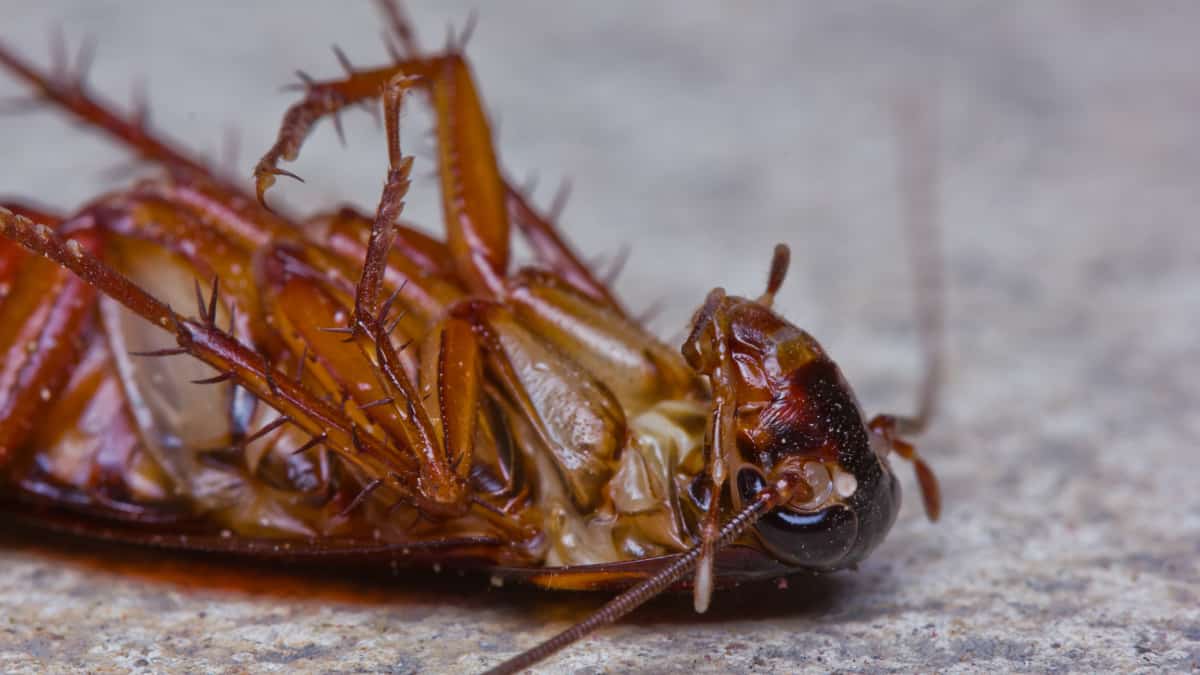
Roaches can quickly spread bacteria that cause disease, and their feces can be huge triggers for asthma. Even seeing a cockroach can lead people into distress, which can significantly affect their physical and mental health, so it’s challenging to come to terms with the fact that roaches are becoming harder and harder to kill.
17. Forget About Calling the Exterminator
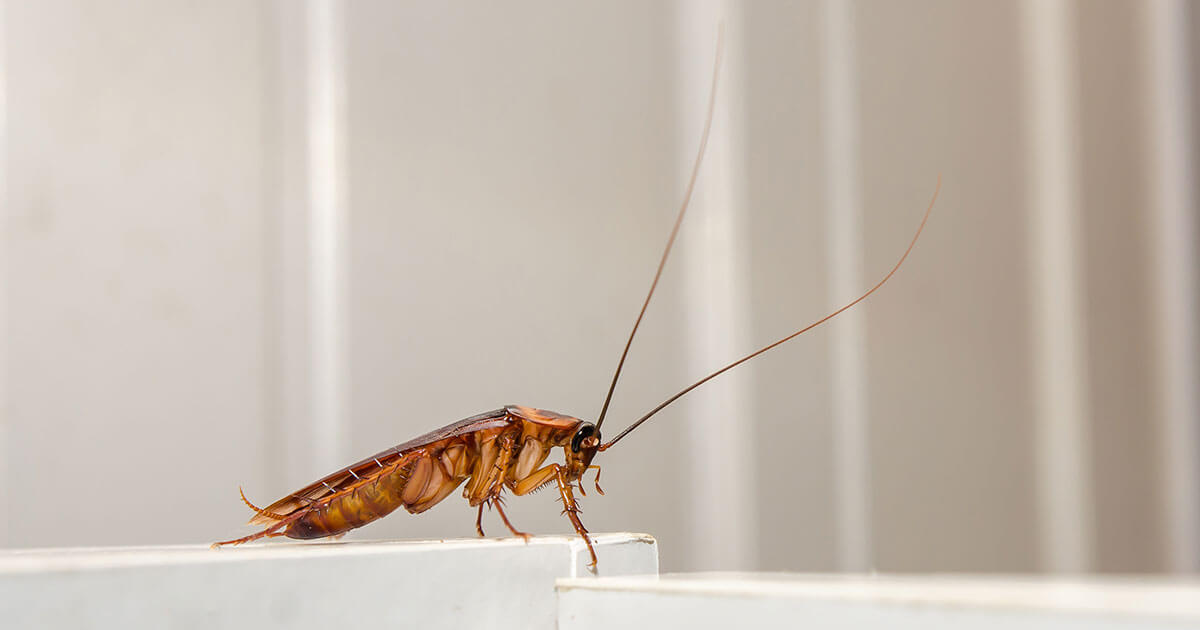
The control group that had a rotation of pesticides means that an exterminator is not going to help you with the problem any better. They use a mixed cocktail of toxins to get the job done, and if roaches are proving to become resistant to it, then you’re really wasting your money on calling an exterminator.
This idea is pretty worrisome because now that means that these pests are going to be even more difficult to get rid of in our homes.
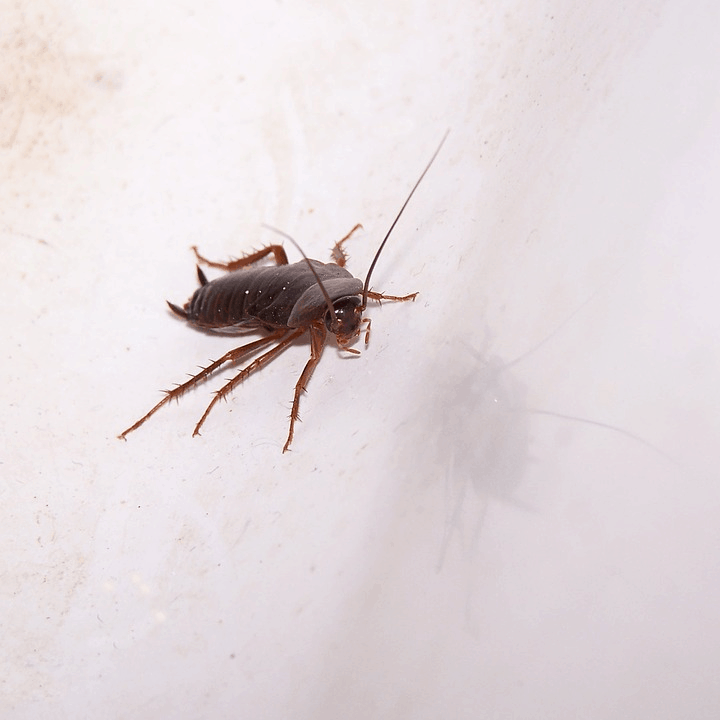
18. Using Pesticides Just Isn’t Cutting It Anymore
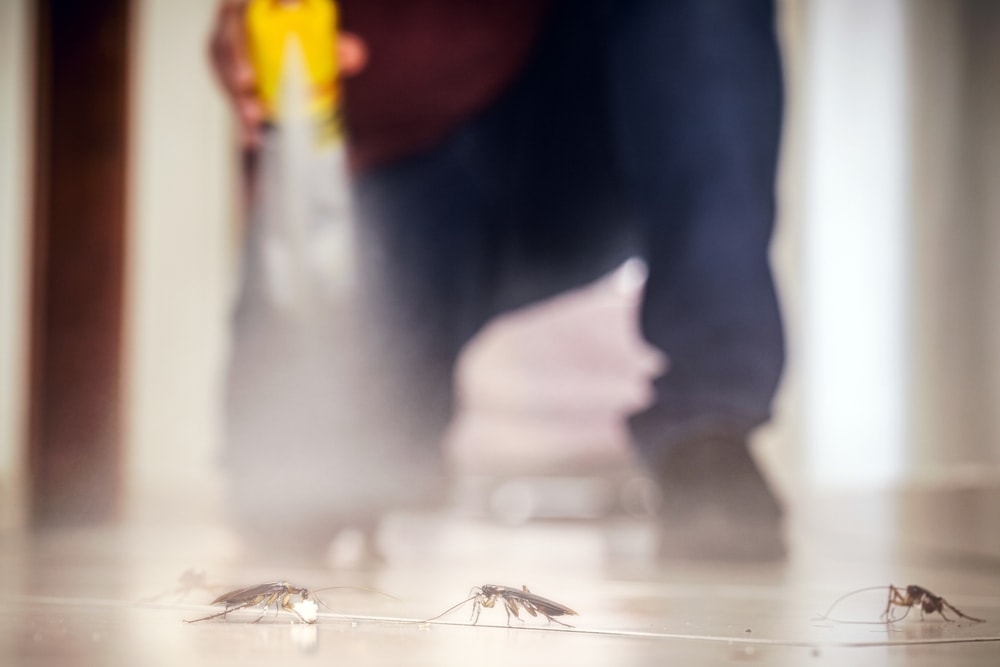
The most natural solution used to be that you grabbed a can of spray and go to town until the roaches stopped moving. However, the research shows that you may just be wasting your money buying more cans of the stuff.
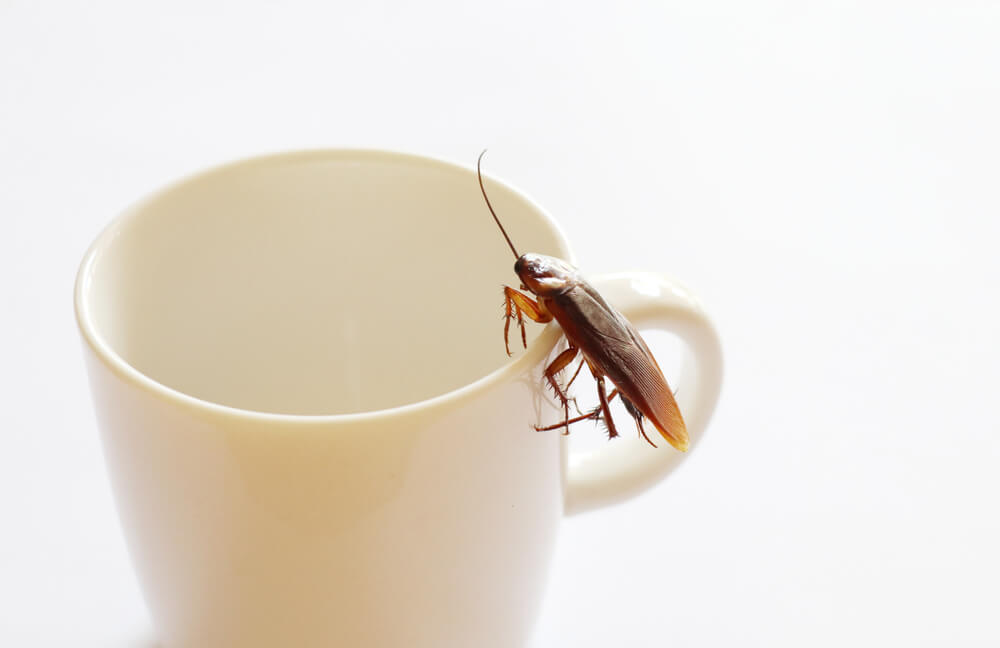
Better solutions that don’t involve making more lethal pesticides include putting out traps for the roaches, sucking them up with a vacuum cleaner, and improving the sanitation of the area so that cockroaches don’t have anything to feast on.

